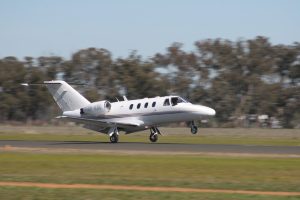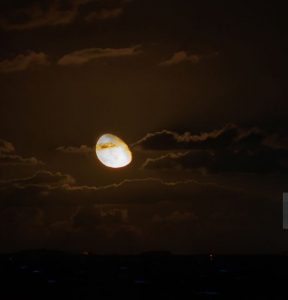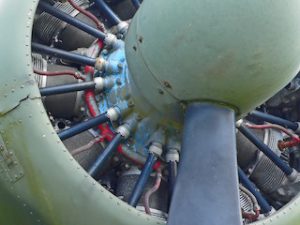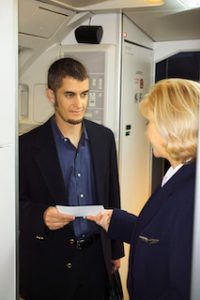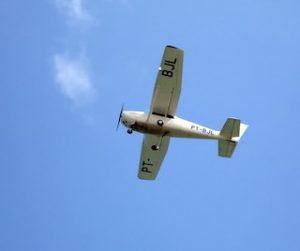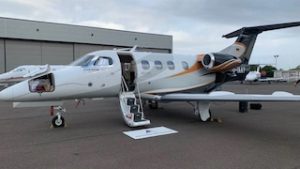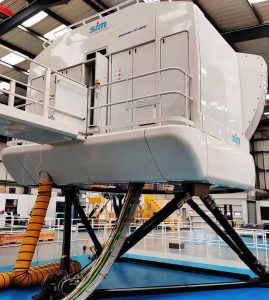Visit Space X In Texas, Florida, And California
 SpaceX has become one of the most exciting destinations for those interested in space exploration. With its ambitious plans to revolutionize space travel, the company attracts visitors from around the world. However, to truly experience the magic of SpaceX, timing plays a significant role. Each of SpaceX’s launch sites is located in different parts of the United States, including Texas, Florida, and California. The best time to visit each location depends on several factors. This includes the weather, space launch schedules, and the overall visitor experience.
SpaceX has become one of the most exciting destinations for those interested in space exploration. With its ambitious plans to revolutionize space travel, the company attracts visitors from around the world. However, to truly experience the magic of SpaceX, timing plays a significant role. Each of SpaceX’s launch sites is located in different parts of the United States, including Texas, Florida, and California. The best time to visit each location depends on several factors. This includes the weather, space launch schedules, and the overall visitor experience.
Visit Space X in Texas
Visit Space X in Texas. Located in Boca Chica, Texas, SpaceX’s Starbase is where much of the company’s testing and development for Mars missions takes place. The site has been rapidly growing, making it an exciting spot for those interested in witnessing history in the making. Texas generally has a warm climate, with hot summers and mild winters. While visits can be made year-round, the best time to visit SpaceX in Texas is during the spring and fall months. These seasons offer moderate temperatures, making it easier for visitors to explore the area.
Spring in Texas provides sunny skies, pleasant temperatures, and less rainfall. This time of year is ideal for those who want to avoid the extreme heat of the summer. Fall offers similar weather, but with the added benefit of fewer tourists. This allows visitors to experience SpaceX’s operations in a more relaxed setting. Launches are not restricted by season, so visiting during spring or fall increases your chances of witnessing a launch while enjoying comfortable temperatures.
SpaceX in Florida
SpaceX’s launch facility at Cape Canaveral Space Force Station and Kennedy Space Center is one of the most iconic spots in the world for space enthusiasts. Located along Florida’s east coast, the climate here is tropical, with hot and humid summers and mild winters. For a better experience, the best time to visit SpaceX in Florida is during the winter and early spring months. This period typically features mild weather and lower humidity, which is more comfortable for outdoor activities.
Visiting during winter and early spring also means fewer rain showers. Florida’s rainy season usually begins in late spring and continues into summer. The peak of hurricane season in Florida is from August to October, which can cause cancellations of launches or even limit access to the site. Winter months are more predictable, allowing visitors to plan their trips around scheduled events. Early spring is another excellent time to visit, as it is before the heat and humidity reach their peak in late spring and summer.
SpaceX in California
California hosts SpaceX’s launch site at Vandenberg Space Force Base, located along the central coast. The climate in California is diverse, with coastal areas typically offering cooler weather. The best time to visit SpaceX in California is from late spring to early fall. This period provides mild temperatures and clear skies, ideal for both sightseeing and watching rocket launches.
The central coast of California experiences a Mediterranean climate, characterized by cool summers and mild winters. Summer temperatures are typically in the 60s to 70s Fahrenheit, making it comfortable for outdoor exploration. During the late spring and early fall months, the weather is particularly pleasant. This timing also aligns with the launch schedules for various SpaceX missions, including satellite deployments and interplanetary tests. Visiting during this period means enjoying the views of the Pacific Ocean while witnessing SpaceX’s launches from the coast.
Weather conditions and launch schedules
The weather at each SpaceX facility is a significant consideration when planning a visit. In Texas, the summer heat can be intense, making it less enjoyable for visitors who want to explore the site. In Florida, the rainy season and risk of hurricanes can disrupt plans. California offers the most stable weather but can experience fog, especially in the early morning hours. To ensure the best experience, check the forecast and confirm launch schedules before your trip.
Weather plays an integral part in SpaceX operations. Delays and rescheduling are common due to unpredictable conditions such as high winds, rain, or technical issues. Keep an eye on SpaceX’s website and social media channels for updates on launch timings. SpaceX also tends to schedule launches well in advance, so planning ahead can improve the chances of seeing a rocket launch. Furthermore, being flexible with your travel dates gives you a greater opportunity to catch a launch in action.
Special events and launch viewings
For many visitors, a launch is the highlight of their trip. Watching a rocket take off is an unforgettable experience. SpaceX often holds special events around launches, including live-streaming events and public viewing opportunities. These events are perfect for people who want to be a part of the excitement, even if they are unable to be physically present at the site. Watching the event from a distance still offers an incredible view and a sense of participation.
In Florida, the Kennedy Space Center and Cape Canaveral offer tours that allow you to witness launches up close. These tours often include access to restricted areas and the chance to learn more about the space missions. Similarly, at Vandenberg Air Force Base in California, there are often events around significant launches, including those related to national security and scientific missions. SpaceX provides updates about such events through social media platforms, so checking these resources can help you catch a special occasion.
Visiting SpaceX during off-peak times
If you prefer a quieter, more relaxed visit to SpaceX, planning your trip during off-peak times can be beneficial. The peak tourist seasons for SpaceX locations tend to be around major space launch events or school vacation periods. Summer months, especially June through August, are the busiest for visitors. Holidays like Thanksgiving, Christmas, and New Year’s also bring increased traffic to SpaceX’s facilities.
To avoid large crowds, visiting SpaceX in the shoulder seasons—late winter and early spring—can offer a more personal experience. During these months, the demand for tours and launch viewings is generally lower. This means there will be fewer people to contend with, making your experience more enjoyable. Additionally, off-peak visits often come with reduced prices for accommodation and other local attractions.
Booking your visit
Planning ahead is essential when visiting SpaceX. Popular launch events may require booking tickets well in advance to secure your spot. Some locations, like Cape Canaveral, offer tickets for special launch events and exclusive tours. Booking early ensures that you do not miss out on these opportunities. You can often find availability online through the SpaceX website or third-party tour providers.
When booking your visit, it is also worth considering transportation and accommodation options. SpaceX facilities are often located in remote areas, so having access to a rental car or shuttle service can make your trip easier. Additionally, staying in nearby towns can provide a more affordable and convenient experience. Whether you choose to stay in Boca Chica, Cape Canaveral, or California’s central coast, there are plenty of lodging options to suit your needs.
Unforgettable moments await
A visit to any SpaceX facility promises an unforgettable experience. Whether you’re watching a rocket launch in the Texas desert, enjoying the ocean breeze in Florida, or witnessing history along California’s stunning coast, each location offers something unique. From the thrill of space exploration to the beauty of the surroundings, there is much to enjoy at every SpaceX site.
Plan your trip during the optimal seasons to get the most out of your visit. Whether you’re interested in launch events, sightseeing, or simply exploring SpaceX’s incredible technology, the right timing will make all the difference.

